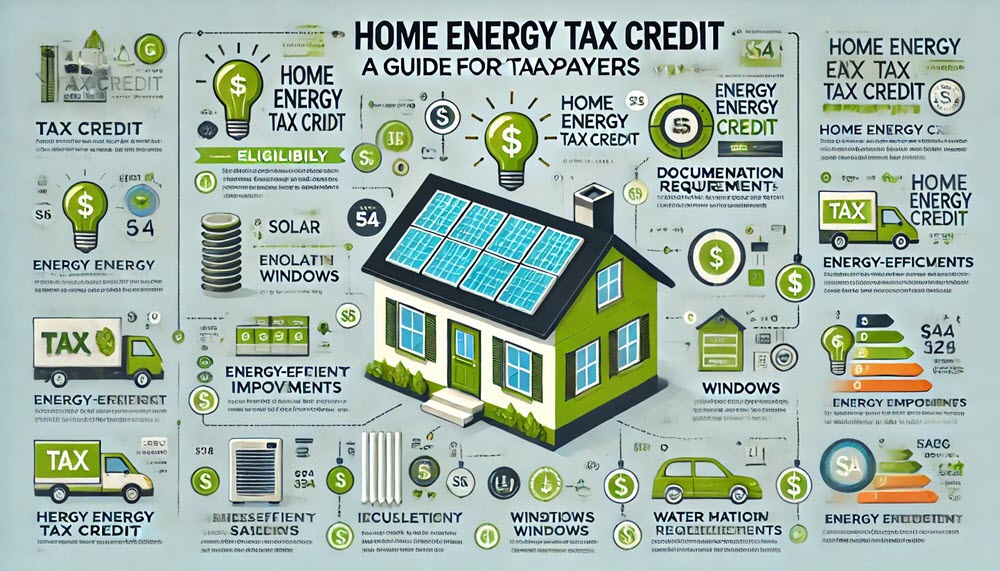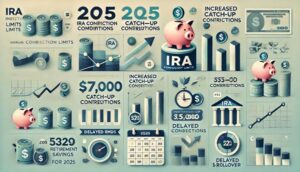I’m often asked about ways homeowners can save on taxes while improving the energy efficiency of their homes. One of the most valuable incentives available today is the Home Energy Tax Credit. Let’s break it down so you can understand how to take full advantage of this opportunity.
What Is the Home Energy Tax Credit?
The Home Energy Tax Credit is a federal incentive designed to encourage homeowners to invest in energy-efficient improvements and renewable energy systems. By making qualifying upgrades, you can reduce your environmental impact and save money on your tax bill.
Key Updates for 2023 and Beyond
The Inflation Reduction Act of 2022 expanded and extended the Home Energy Tax Credit, making it more generous than ever before. Key updates include:
- Increased Credit Limits: The maximum energy efficient home improvement credit is $3,200 — a combination of $1,200 for home improvements and $2,000 for heat pumps and biomass stoves or boilers. You can only claim expenses made in 2024 on the return you file in 2025.
- Extended Timeline: The credit is available through 2032, giving plenty of time to plan and implement energy-efficient projects.
- Additional Categories: The list of eligible improvements has expanded to include innovative technologies and products.
Eligible Home Improvements
To qualify for the Home Energy Tax Credit, you must make energy-efficient upgrades to your primary residence or, in some cases, a second home. Common eligible improvements include:
- Insulation: Adding or upgrading insulation to reduce heat loss.
- Windows and Doors: Installing energy-efficient windows, skylights, and exterior doors.
- HVAC Systems: Replacing old heating and cooling systems with high-efficiency models.
- Water Heaters: Upgrading to energy-efficient water heaters, including heat pump water heaters.
- Solar Panels and Other Renewables: Installing solar systems, small wind turbines, or geothermal heat pumps.
Note, however, that some types of improvements — such as energy audits, residential energy property, and energy-efficient doors, windows, and insulation — come with additional limitations.
Documentation Requirements
To claim the credit, you’ll need to keep detailed records of your purchases and installations. This includes:
- Manufacturer’s certification that the product qualifies for a credit.
- Receipts or invoices showing the cost of materials and labor.
How Much Can You Save?
While savings vary depending on the type of improvement, the potential to offset 30% of costs is a significant benefit. For example:
- Installing energy-efficient windows could save you up to $600.
- Adding insulation may qualify you for a $1,200 credit.
- A solar panel installation could yield a much higher credit, as there is no annual limit for renewable energy systems.
Tips for Maximizing Your Credit
- Plan Ahead: Since the credit is capped annually, consider spreading larger projects over multiple years to maximize your savings.
- Check Eligibility: Verify that products meet the IRS’s energy efficiency requirements before purchase.
- Work with a Professional: A contractor familiar with energy-efficient installations can help ensure your upgrades qualify for the credit.
Final Thoughts
The Home Energy Tax Credit is a powerful tool for reducing your tax liability while contributing to a more sustainable future. If you are considering energy-efficient home improvements, now is the time to act. For personalized advice or assistance with claiming this credit, feel free to reach out. I am here to help you navigate the complexities of tax planning and maximize your benefits.





